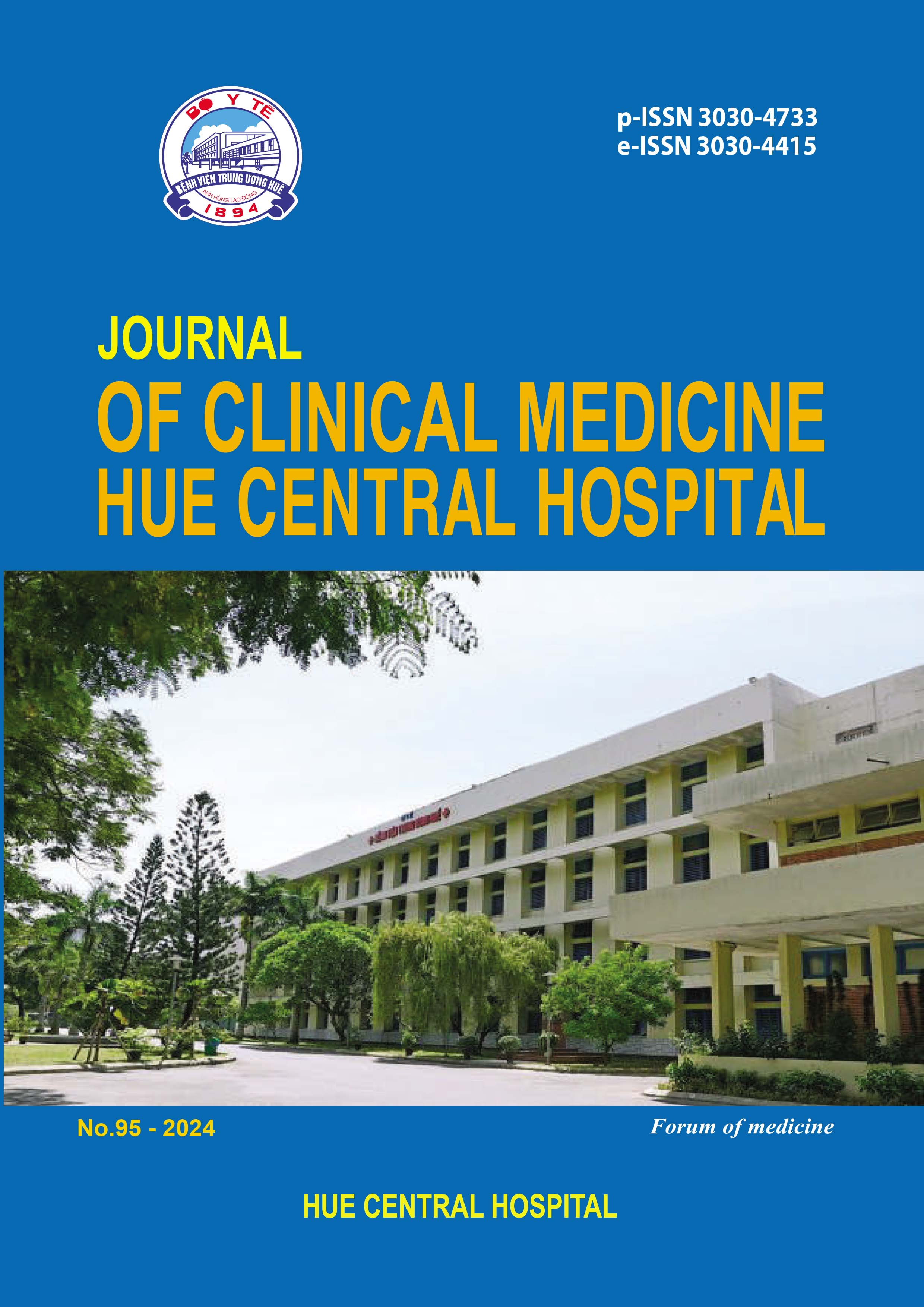Tóm tắt
The article is retracted on the author request
| Đã xuất bản | 20-05-2024 — Cập nhật lúc 10-05-2024 | |
| Toàn văn |
|
|
| Ngôn ngữ |
|
|
| Số tạp chí | Số 95 (2024) | |
| Phân mục | Nghiên cứu | |
| DOI | 10.38103/jcmhch.95.4 | |
| Từ khóa | Skin Diseases, Infectious, Child, Vietnam, Anti-Bacterial Agents Skin Diseases, Infectious, Child, Vietnam, Anti-Bacterial Agents |

công trình này được cấp phép theo Creative Commons Attribution-phi thương mại-NoDerivatives 4.0 License International .
Bản quyền (c) 2024 Tạp chí Y học lâm sàng Bệnh viện Trung Ương Huế
Nguyen, H. C. D., Cao, T. N., & Nguyen, V. T. (2024). [Retracted] Clinical characteristics and treatment outcomes of skin and soft tissue infections in children: a prospective study. Tạp Chí Y học lâm sàng Bệnh viện Trung Ương Huế, (95), 28–32. https://doi.org/10.38103/jcmhch.95.4 (Original work published 20 Tháng Năm 2024)

